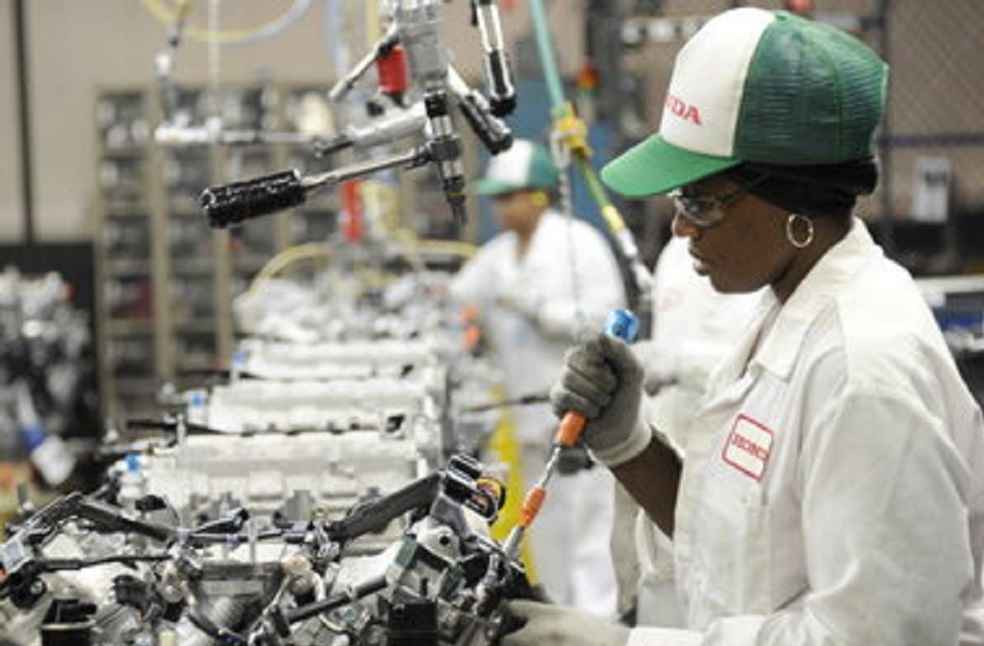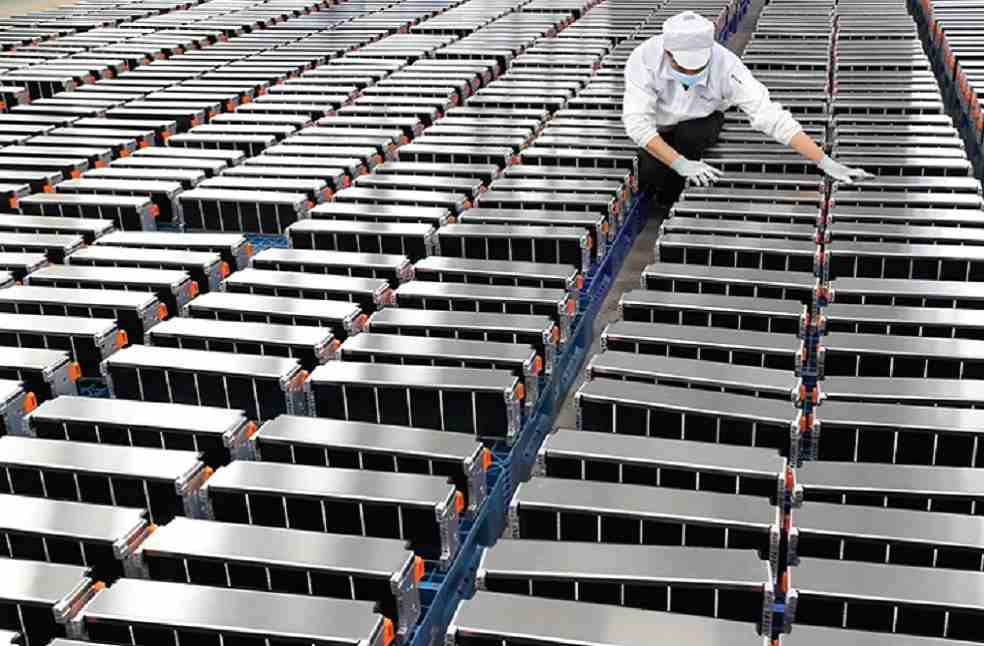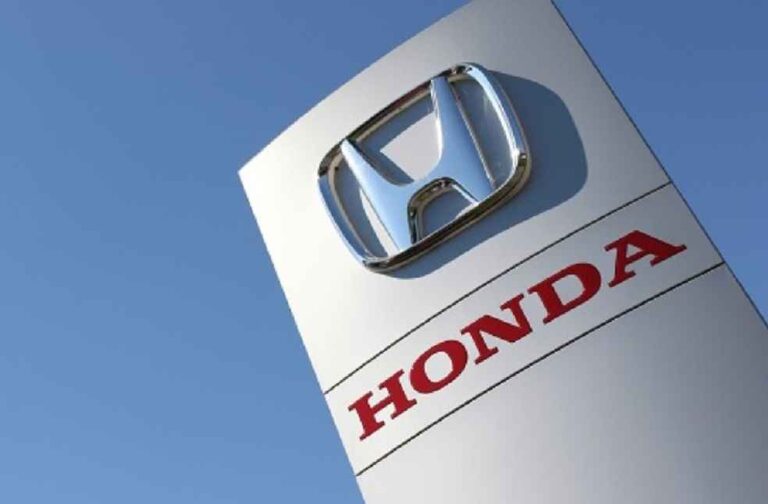Strategically adapting to the dynamic demands of the automotive sector, Honda is channeling over $4 billion into its Ohio-based operations. This investment aims to forge a production line versatile enough to assemble both internal combustion engine vehicles (ICE) and electric vehicles (EVs). This progressive shift at Honda’s inaugural US auto production center in Marysville highlights the company’s proactive stance towards market fluctuations.
The revamping involves a $700 million infusion to retrofit the assembly facilities at Marysville and East Liberty, preparing them for imminent EV production. Concurrently, the engine plant in Anna is undergoing modifications to fabricate EV power units. Central to Honda’s strategy is the production of integrated power unit (IPU) cases in Anna. These will be equipped with battery modules sourced from a nascent joint venture EV battery facility in Fayette County, established with LG Energy Solution.

Spanning an area comparable to 78 football fields near Jeffersonville, this new battery plant is poised to significantly enhance local employment opportunities. Honda remains committed to employee stability, initiating extensive training programs to adeptly handle the assembly of avant-garde vehicles, thus underscoring a profound commitment to workforce upskilling.
Targeting an environmental milestone, Honda plans for its vehicle sales to be 100% zero-emission by 2040. Executive Vice President Bob Nelson emphasized the strategic foresight behind Honda’s transition towards sustainable mobility and the benefits of an adaptable manufacturing framework that aligns with customer preferences. This restructuring is pivotal as Honda pursues its ecological sales objectives.
The automotive landscape is undergoing a profound transformation, prioritizing sustainability and shifting towards EVs. Honda’s sizable investment in Ohio is emblematic of the sector’s response to ecological concerns and escalating demands for environmentally friendly transport solutions.

Analysts predict robust expansion within the EV market, driven by breakthroughs in battery technology and diminishing production costs, which are expected to catalyze widespread EV adoption. By 2040, EVs are anticipated to capture a substantial portion of the global automotive market, aligning with Honda’s zero-emission ambitions.
The industry confronts numerous obstacles, including a strained supply chain for critical battery components like lithium and cobalt. Establishing an expansive EV charging infrastructure is essential for broad adoption. Auto manufacturers face the technical challenge of enhancing battery range and reducing charging durations to align with consumer expectations.
As Honda sharpens its focus on retraining its workforce for EV production, this investment reflects a wider industry trend towards equipping employees with innovative manufacturing skills. Such training is crucial to seamlessly transition from ICE vehicles to EVs.
AUTO TECH | Robotics Revolutionize Auto Industry, Navigate New Automation Challenges





